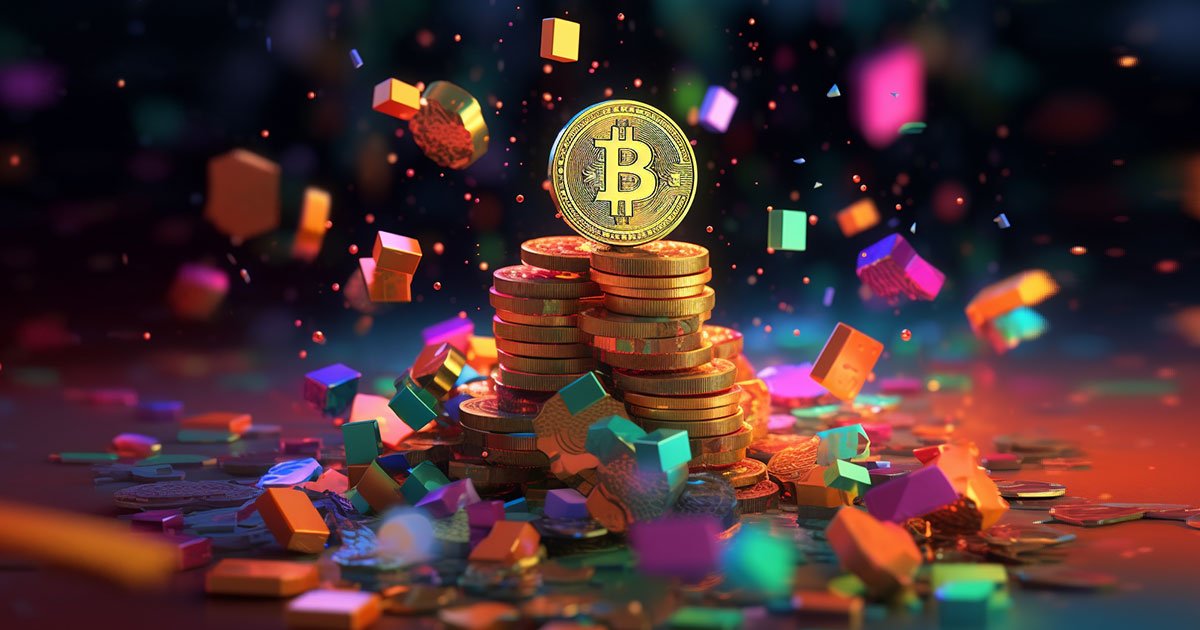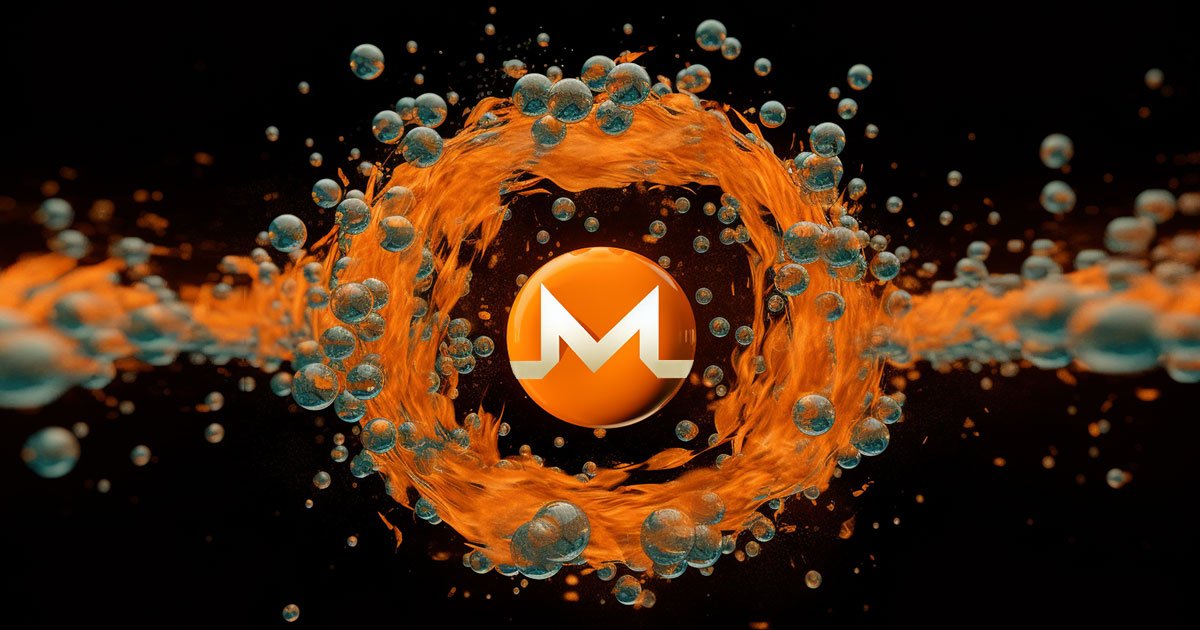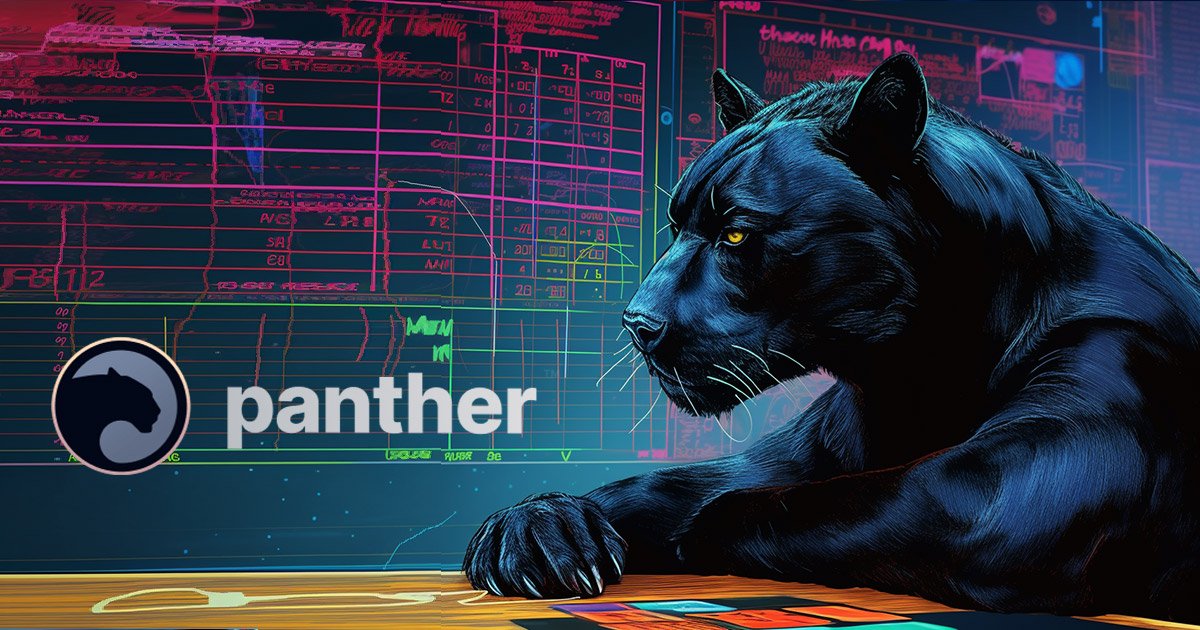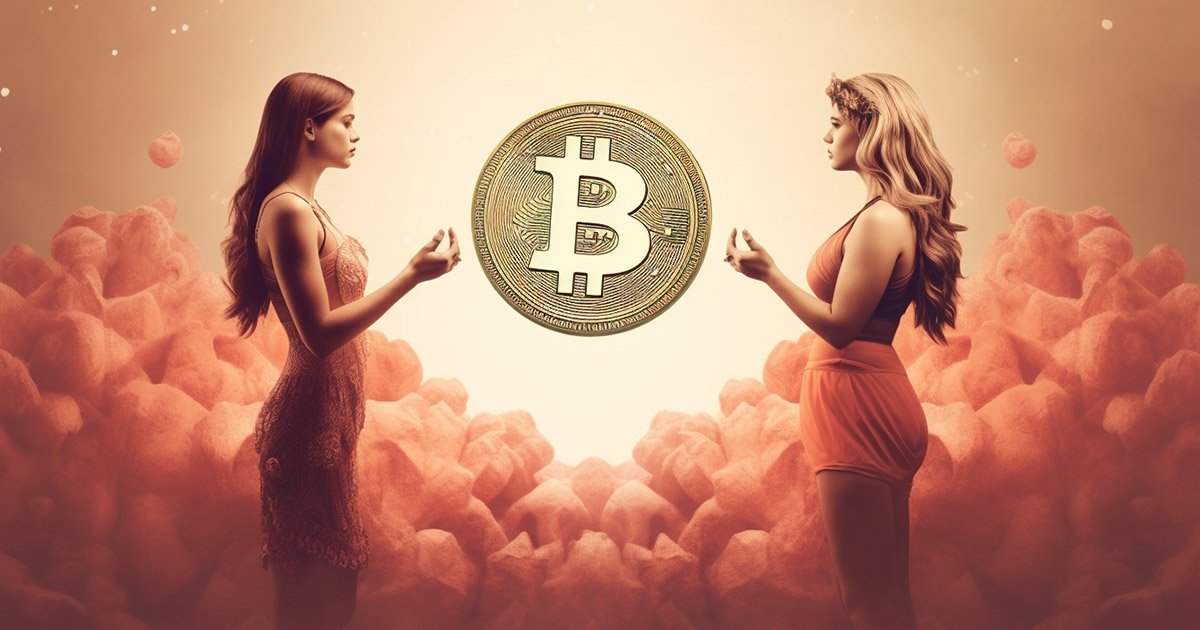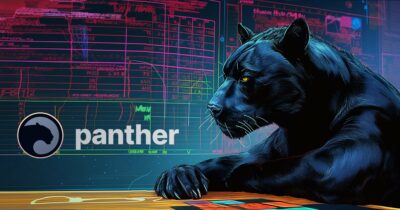BRC-20, which stands for Bitcoin Request for Comment 20, is a protocol modeled after Ethereum’s ERC-20 (Ethereum Request for Comment 20) and was introduced by an anonymous developer known as Domo in March 2023. Essentially, BRC-20s are Bitcoin’s version of ERC-20s, with some notable differences such as the absence of smart contracts.
It’s worth noting that Bitcoin changes don’t typically go through a process called BRC, as they instead use Bitcoin Improvement Proposals (BIPs). As a result, there are no other “BRC” numbers, such as BRC-1 or BRC-2.
In contrast, ERC-20 is a token standard used on the Ethereum network that allows developers to create tokens that are compatible with the broader Ethereum ecosystem and have built-in smart contracts. These tokens can represent a wide range of transferable assets or rights, including ownership interests, access rights, or even other cryptocurrencies. Many popular cryptocurrencies, such as Tether and Shibu Inu coin, are actually ERC-20 tokens underneath the surface.
BRC-20 tokens utilize a feature made possible by Bitcoin’s November 2021 Taproot upgrade called ordinal inscriptions. Ordinals enable a serial number to be inscribed onto a satoshi, the smallest unit of Bitcoin currency. This serial number, along with the ordinal’s data, is then inserted into the witness signature field of a Bitcoin transaction to verify the legitimate ownership of the funds being utilized and prevent double-spending.
While BRC-20 tokens use ordinals, not all ordinals are BRC-20 tokens. In fact, there are millions of ordinals but just over 14,000 BRC-20 tokens. BRC-20 tokens leverage JSON (JavaScript Object Notation) ordinal inscriptions to initiate token contracts, create new tokens, and move tokens around. However, the current BRC-20 protocol has limited functionality compared to ERC-20, as users are only able to mint, deploy, and transfer tokens.
It’s worth noting that BRC-20 is not an approved standard like ERC-20 and is still in the proposal phase. Additionally, unlike ERC-20 tokens, BRC-20 tokens are not easily traded on exchanges at this time.
The popularity of BRC-20 tokens has surpassed the number of original Bitcoin transactions on the blockchain. Between April 29 and May 2, the number of BRC-20 transactions on the Bitcoin blockchain exceeded 50%, outperforming regular BTC transactions.
On May 1, the volume of BRC-20 token transactions reached its highest point with 366,000 transactions, contributing to a total of 2.36 million transactions on the network. This surge in BRC-20 token transactions highlights the growing interest and adoption of this protocol on the Bitcoin network.
![e19cf01e555ca376773a400e73707143[1]](https://peopleempowermentproject.com/wp-content/uploads/2023/05/e19cf01e555ca376773a400e737071431.jpeg)
Bitcoin Transaction Fees Surpass Mining Rewards
In a significant development, transaction fees in a single block have surpassed the block rewards given to miners for the first time since 2017. The fees in the block amounted to 6.7 Bitcoin, which exceeded the block subsidy of 6.25 Bitcoin. This indicates that transaction fees are becoming increasingly important as a source of revenue for miners in the cryptocurrency ecosystem.
This increase in transaction fees is primarily thanks to BRC-20 activity. The following chart shows just how much these BRC-20 related transactions have begun to fill the BTC blockchain, with an additional 109 BTC generated in transaction fees since April 2023:
![80792075-7a1f-415e-88b1-eb9bbbc5ac1d[1]](https://peopleempowermentproject.com/wp-content/uploads/2023/05/80792075-7a1f-415e-88b1-eb9bbbc5ac1d1.webp)
Contraversy?
BRC-20 tokens and ordinals have been the subject of controversy for two primary reasons. Firstly, some argue that they have congested the network and led to higher fees. Secondly, some object to the fact that BRC-20 tokens and ordinals introduce data that is not in line with Satoshi’s vision of a peer-to-peer system for transferring money.
Bitcoin maximalists, in particular, view anything that deviates from this vision as an inappropriate use of the Bitcoin blockchain and consider it as “polluting” the blockchain with irrelevant data.
In my opinion, this is the free market and using the Bitcoin network in this way is fair game. You can, so why not?
#Bitcoin developers opting to censor #Ordinals as they consider just Spam. Maybe the live of #BRC20 #ORC20 and #OrdinalsNFTs become so short? DYOR and don’t take unacceptable risks when you can’t afford to loose your money. pic.twitter.com/Xn5JvZCcL6
— Emanuele Vedova (@vedova) May 10, 2023
Unlike NFTs on the Ethereum blockchain that typically store files on an external server, Bitcoin’s ordinal NFTs include the complete data file within the witness signature field of Bitcoin transactions. This ensures that all information is stored on the blockchain, making them more immutable than other NFTs and enhancing the asset’s integrity. However, this also means that they are considerably larger in size compared to other NFTs, which for a blockchain that is still running on 2MB blocks every 10 minutes is causing somewhat of a traffic jam.
The debate between whether this is a good or bad thing for Bitcoin rolls on and I doubt this will end anytime soon. But I suspect the number of meme coins and pointless NFTs will eventually slow down as the BRC-20 craze loses steam.
But there you have it, that is what BRC-20 tokens are and what all the fuss is about.
If you’d like to stay up to date with the latest cryptocurrency developments, economic climate and best ways in which you can prepare yourself for whatever the future holds for us, sign up to our FREE Newsletter in the form below!
